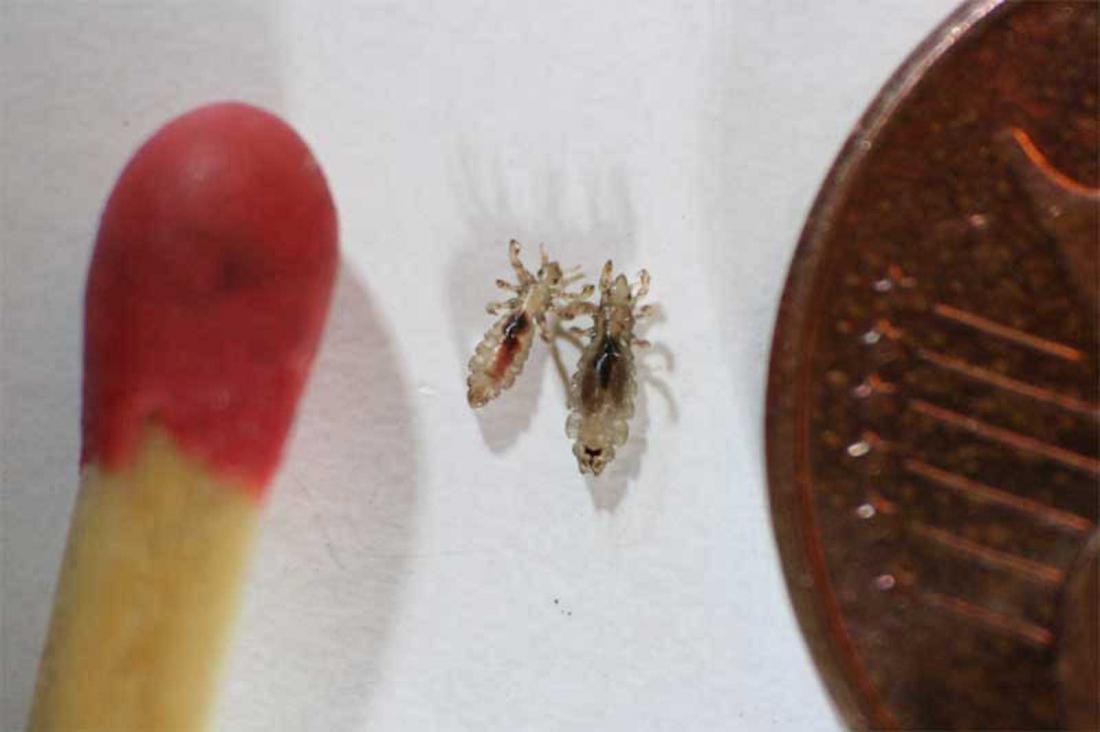Trichomoniasis

Content 5
Trichomoniasis, or “trich,” is a very common, curable sexually transmitted infection caused by the protozoan Trichomonas vaginalis. This infection is asymptomatic in approximately 70% of those infected. Symptomatic women may have vaginal itching, burning, or discharge. On examination, the physician may see a “frothy” discharge and the characteristic erythematous “strawberry” cervix. Symptomatic men may have urethral itching, burning, or discharge.
The diagnosis of trichomoniasis can be made by the direct visualization of the motile, flagellated trichomonads and many white blood cells on a wet mount of vaginal or penile discharge. Trich can be treated with a single, 2-g dose of oral metronidazole for the identified patient and sexual partner(s). Tinidazole is an alternative treatment.
Which of the following tests is the most sensitive for the diagnosis of bacterial overgrowth syndrome (of the GI tract)?
The correct answer is B. You answered B.
The correct answer is "B." The d-xylose breath test takes advantage of the fact that the bacteria responsible for bacterial overgrowth syndrome (Gram-negative aerobes) catabolize d-xylose. The breath test measures radioactive CO2 that is formed as a result of bacterial breakdown of radioactive d-xylose. The glucose hydrogen breath test, in which glucose is administered to the patient and breath hydrogen is measured, is also helpful and commonly used. However, it is less sensitive and specific than the d-xylose test and has a 30% to 40% false-negative rate. Urea breath and CLO tests are tests for diagnosis of H. pylori, not small bowel bacteria overgrowth. See question 7.8.3.
USMLE Reviewer
(By Subscription)